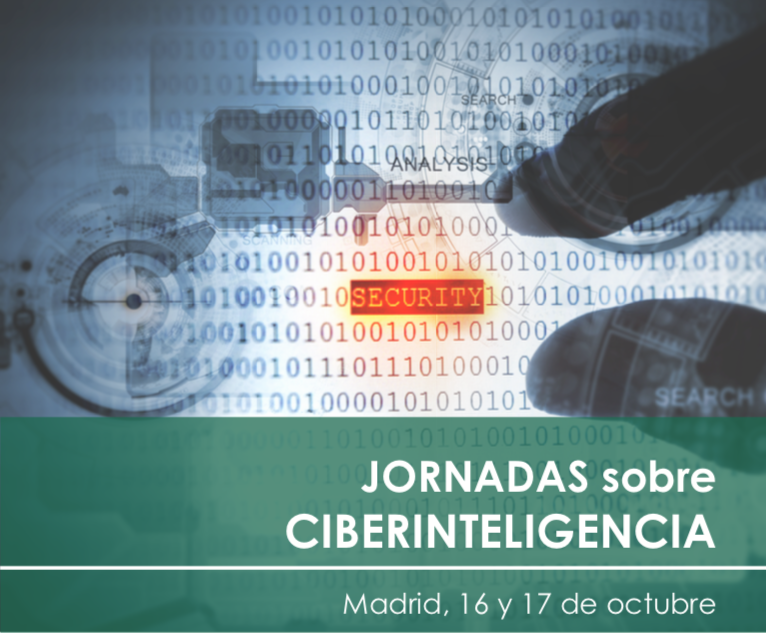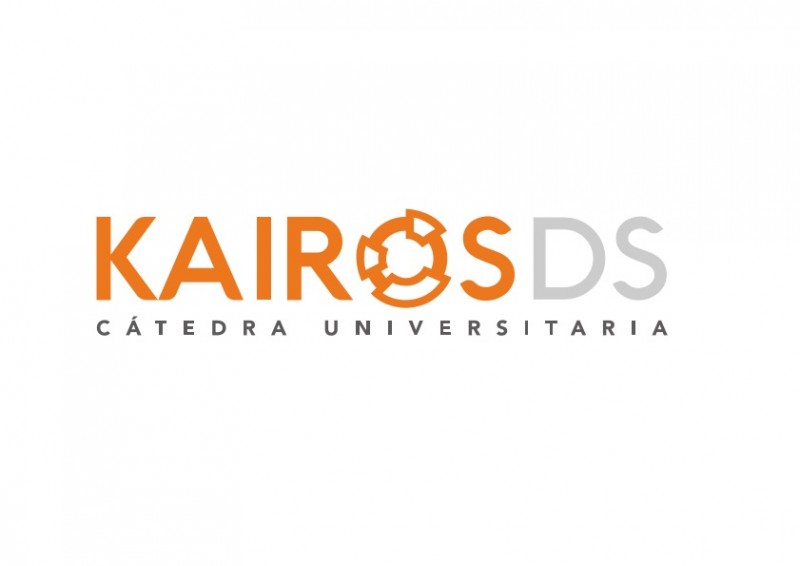La Cátedra Kairós creada como colaboración entre la empresa Kairós Digital Solutions y los Grupos de Investigación “B105 Electronic Systems Lab” e “Internet de nueva generación“ realiza la convocatoria de 10 becas Kairós para el curso 2018/19.
Becas_Catedra_Kairos_2018_19
Los interesados en alguna de las becas deberán enviar un correo electrónico a cualquiera de las siguientes direcciones octavio.nieto-taladriz@upm.es o juaquin.salvachua@upm.es con las siguiente información:
- Cover letter
- Curriculum Vitae
- Beca/s en las que estás interesado y la motivación.
- Situación actual del candidato: curso, asignaturas pendientes, limitaciones de horarios, interés en realizar TFG, TFM, Prácticas en Empresa, etc.
Información de interés:
- Fecha límite de recepción de la documentación: 19 de Septiembre de 2018 a las 12:00
- Fecha estimada de inicio de las becas: 21 de Septiembre de 2017
Para más información visite la página de la Cátedra http://catedra.kairosds.com


